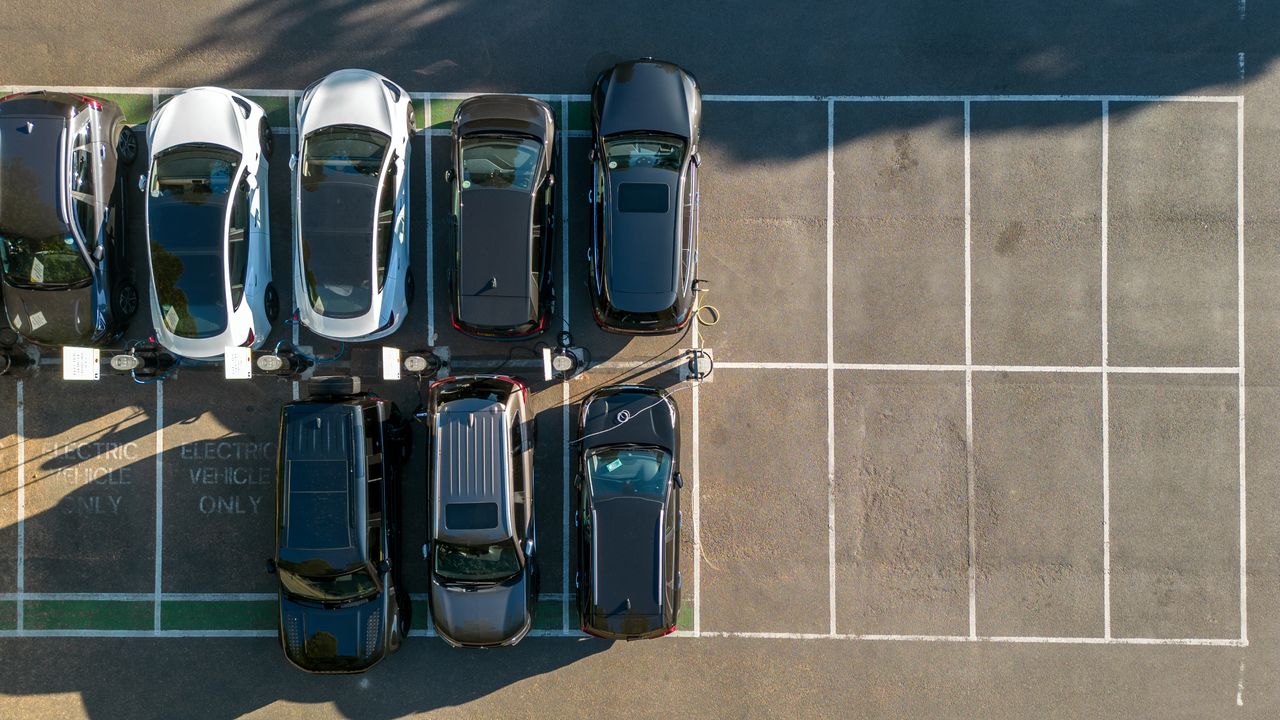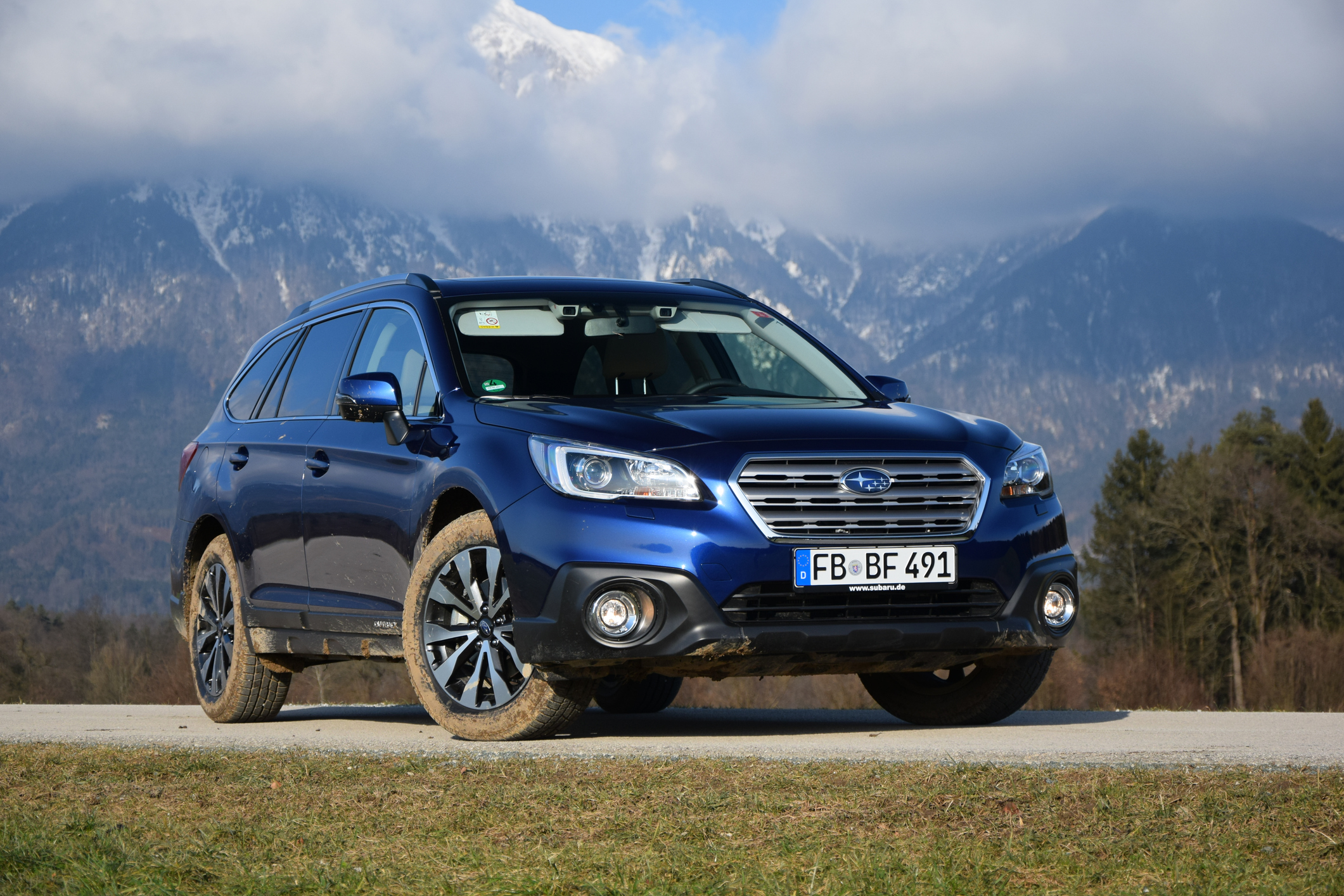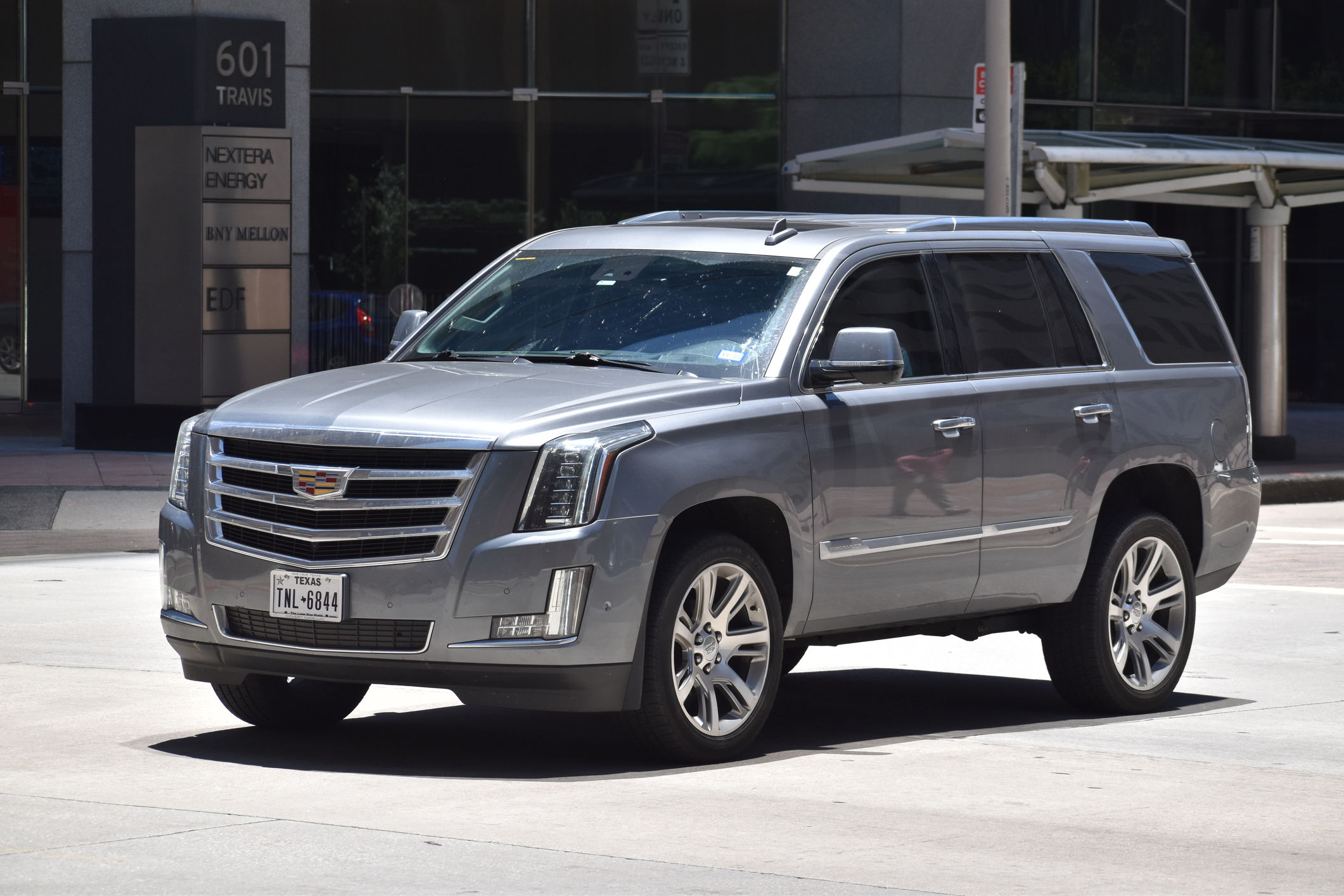
If you're in the market to buy a car, you might want to doublecheck which make and model you’re considering before you sign the paperwork. If you don’t, your car insurance premium could suffer.
Average car insurance rates have been rising across the board. According to Bankrate, the cost of car insurance is up nearly 12% in 2025, averaging $2,671 per year for full coverage – or $806 per year for minimum coverage – as of October. But some makes and models are more expensive to insure than others.
If you're trying to save money on your new car this year, choose one of the cheapest cars to insure – or at least avoid the makes and models with the highest car insurance rates. If you want a more precise estimate of how much it might cost you to insure your dream car, use the car insurance tool below, powered by Bankrate, to compare quotes:
The 5 Cheapest Cars to Insure

These are the five models with the lowest average car insurance rates in 2025, according to Bankrate:
Average Annual Premium for Full Coverage |
|
Subaru Outback |
$2,223 |
Honda CR-V |
$2,251 |
Jeep Wrangler |
$2,371 |
Toyota Tacoma |
$2,374 |
Toyota RAV4 |
$2,391 |
Typically, any Subaru model will be among the cheapest cars to insure. That’s because Subarus regularly earn some of the highest safety ratings. Models like the Outback or Forester are also usually cheaper to repair.
Hondas and Toyotas tend to hover at the lower end of the premium spectrum as well. Both makes are often cheaper to repair compared to others. Meanwhile, Ford and Chevrolet models often see car insurance premiums right around the national average.
The 5 Most Expensive Cars to Insure

Here are the five models that carry the highest average car insurance rates, according to Bankrate:
Average Annual Premium for Full Coverage |
|
Audi RQ Quattro Performance |
$6,656 |
Tesla Model X |
$5,568 |
Tesla Model S Plaid |
$5,522 |
Dodge Charger |
$4,929 |
Lexus RC F |
$4,584 |
The common themes among the most expensive cars to insure are high-end trim levels, luxury models or cars with expensive specialty parts. Even when you remove premium models and trims like those listed above from the running, the list of most expensive cars still features many of the same makes.
For example, even the standard Tesla Model 3 costs $3,531 per year to insure on average. That's over 32% higher than the $2,671 national average. Standard Audis will also often come with an above average insurance premium.
Other ways your car impacts your car insurance rates

The make and model influence your premium, but that’s not the only way the car you drive can change the rate you pay for your car insurance.
Here are other factors about your car that insurance companies often use to determine your rate:
- Vehicle age: The older your car is, the more its value has depreciated. Since the maximum an insurer will pay out for a car is its current market value, your premiums tend to go down along with your car’s value. This is one more reason to buy a certified pre-owned car. You’ll pay less on the car itself, and buying something that’s already a couple of years old could help push your premium down.
- Body style and trim: If your car is a coupe or convertible, expect to pay a little more for insurance. The same goes for sport or luxury trims. The cheapest style and trim to insure? SUVs and trucks with a standard trim. Again, this mostly comes down to the car’s value and the cost to repair it. Cheaper cars that are cheaper to repair are also cheaper to insure.
- Technology and features: The advanced features showing up on newer cars is impressive, but it also tends to be more complex and made up of expensive-to-replace components. Of course, a backup camera alone isn’t going to make or break your car insurance budget. But this does mean it’s worth thinking about any upgrades you’re considering in a new car. Is that advanced feature worth paying a little extra on your insurance each month? If it’s a safety feature, probably. If it’s heated seats and you live in Florida, maybe not.
- Safety rating: Every year, most vehicles are given a safety rating by organizations like the National Highway Traffic Safety Administration (NHTSA). The NHTSA rating system is a 5-star system where more stars mean a safer car. Cars with a higher safety rating have a lower risk of injuring the driver and other occupants, which can translate to a lower insurance rate. You can look up the NHTSA rating of your car to see how many stars it’s earned.
Bottom line
If you’re in the market for a new car this year, make sure to factor in the average cost of insuring the make and model you want to buy.
If your dream car is among the most expensive to insure, consider buying a certified pre-owned vehicle, as older cars tend to cost less to insure.
If that’s not an option, you might need to look for other ways to save on car insurance if you’re trying to keep costs down.







